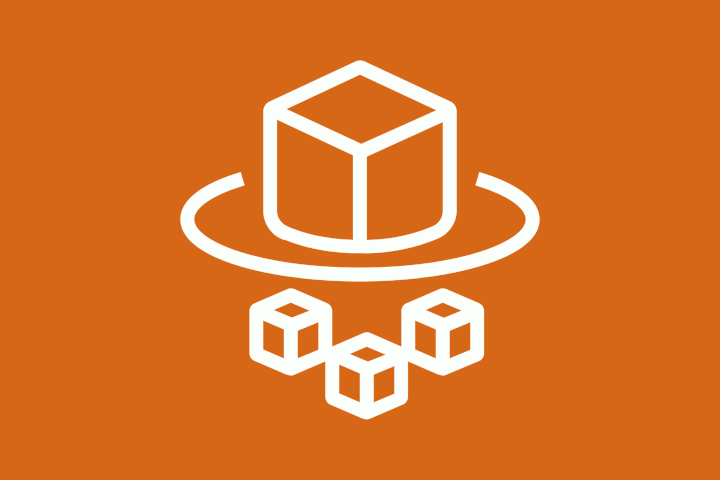
Cloud native is the way forward.
Modern infrastructure isn't just in the cloud, it's cloud native. With AWS, you get the technologies, tools, and services you need to develop functional cloud native applications, so you can focus on building great software products rather than worrying about the underlying infrastructure.
Cloud native
Even if your workloads are already running in the cloud, developing a modern cloud native architecture will allow you to take full advantage of everything cloud computing has to offer and will enable you to build and run applications that are fast, agile, and scalable.
Migration pathways
Typical cloud native transitions start out with applications being run on virtual machines using AWS EC2, then either use containers to develop microservices using Kubernetes or Fargate, or use serverless functions like Lambda to run code.
Operational excellence
Leveraging managed services can be a great way to implement the operational best practices you need to reduce risk, increase agility, and improve efficiency. With automation, skills, and experience contextualised to your environment and applications, we can help you adopt a modern infrastructure at scale.
Upgrade technology
Infrastructure modernisation can also be a really effective strategy for cloud native workloads built fairly recently. The technology and services available have evolved so much in the last five years that it's now possible to run applications faster and cheaper than ever before.
Optimise performance
Companies today need to build highly scalable, flexible, and resilient applications that they can update quickly to meet customer demands. Cloud native technologies provide the speed, agility, and scalability needed for them to continually innovate and gain a competitive advantage.
Reduce costs
Procuring and maintaining physical infrastructure can be very costly. Building modern cloud native solutions can be very cost-effective though, especially when factoring in all the hardware, software and people costs to measure the total cost of ownership.


